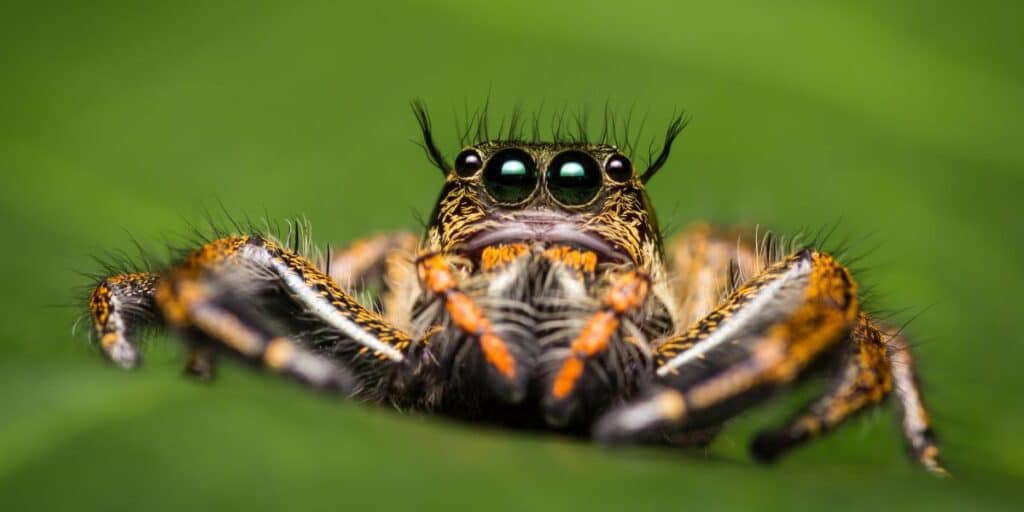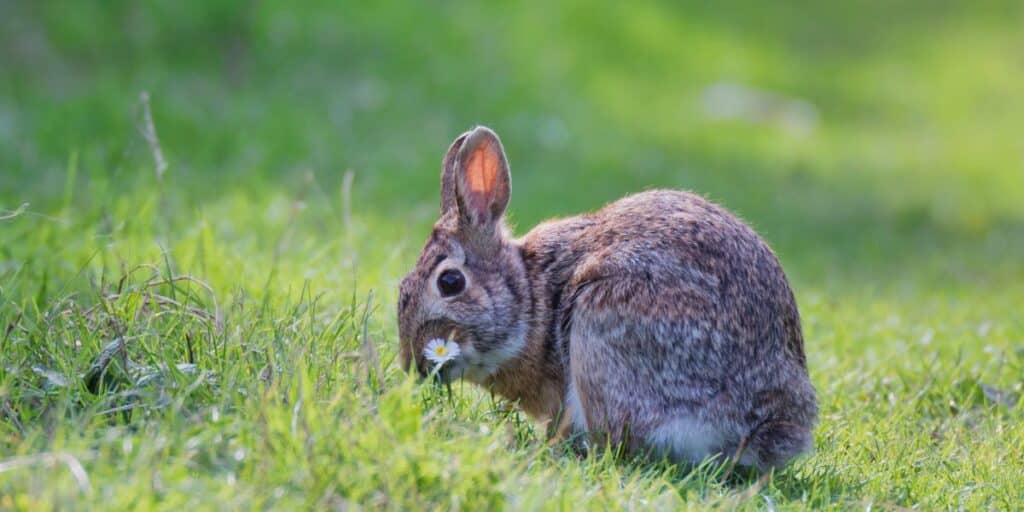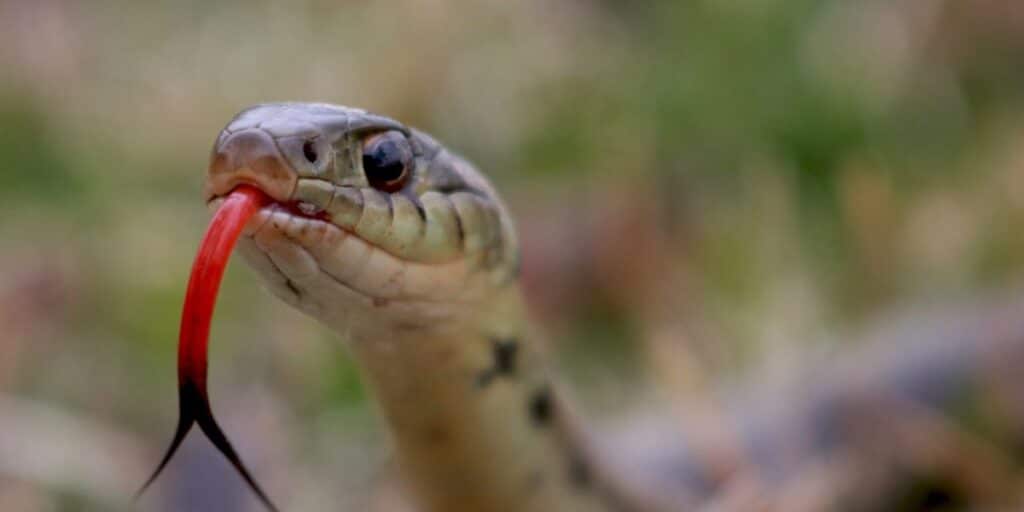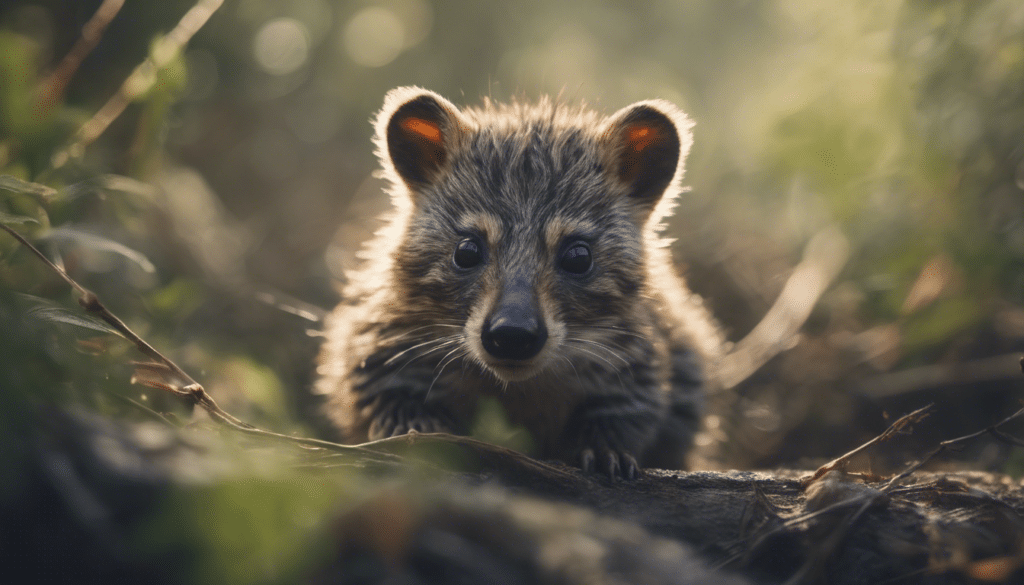Understanding Avian Habitats
The world of ornithology captivates with its vibrant diversity of avian species, each uniquely adapted to their environments. To truly comprehend the intricacies of avian life, one must delve into the heart of their habitats – the cradle to their existence and the canvas of their evolutionary triumphs. Birds, with their feathered wings, have conquered skies, forests, waterways, and plains, establishing an array of habitats that are as complex as they are fascinating.
Primary Components of Avian Habitats
Habitats are more than just a backdrop for birdwatching; they are dynamic ecosystems that fulfill the essential needs of birds: food, water, shelter, and space for mating and nurturing their young. From the dense foliage of rainforests to the sparse vegetation of deserts, each environment poses its unique challenges and opportunities for avian dwellers. The interplay between flora, fauna, and the physical characteristics of these habitats form myriad ecological niches, each supporting different bird species.
Nesting and Breeding Territories
In understanding avian habitats, the focus often lands on breeding areas where nests, the epitome of bird architectural genius, are constructed with materials ranging from twigs and mud to spider silk and lichen. The location and security of a nesting site are paramount, as they protect eggs and chicks from predators and the elements. Habitat quality directly influences reproductive success and the ability of a species to sustain its population in the wild.
Migration and Seasonal Habitats
Many birds are seasonal visitors to habitats, exhibiting remarkable migratory patterns that connect different ecosystems and even continents. Migration is a spectacle of endurance and navigation, driven by the instinctual search for the most productive environments during breeding and non-breeding seasons. The conservation of migratory routes and stopover sites is thus crucial for the survival of these avian adventurers.
Feeding Ecology and Diet Specialization
The diet of bird species is intricately intertwined with their habitat, dictating adaptations ranging from bill shape to digestive systems. Seed-eaters, insectivores, raptors, and nectar specialists each find their niche, utilizing habitat resources efficiently. Observing the feeding behavior of birds offers insight into the health of the food web and indirectly, the well-being of their habitats.
Facing Threats to Avian Habitats
- Habitat loss and fragmentation due to human activities such as deforestation, agriculture, and urbanization.
- Environmental pollution, including pesticides and heavy metals, affecting food sources and bird health.
- Climate change, which disrupts the timing of migration, availability of food, and could lead to habitat loss.
- Invasive species that compete with or prey upon native birds, altering the delicate balance of ecosystems.
The resilience of birds to adapt to these challenges is remarkable, yet there is a threshold beyond which even the most adaptable species can succumb. The protection and restoration of habitats not only benefits birds but also preserves the intricate ecological networks upon which human life too depends.
Conservation Efforts and Community Involvement
To safeguard these diverse avian environments, conservation efforts are essential. Efforts such as establishing protected areas, restoring degraded ecosystems, and implementing sound agricultural practices play a critical role. Additionally, community involvement in citizen science programs such as bird monitoring can provide valuable data contributing to the protection of avian habitats. Collectively, these actions ensure that the skies continue to be adorned by the dance and songs of birds for generations to come.
Understanding avian habitats is to uncover the mosaic of life that thrives within them. It is to appreciate not just the bird in flight but to recognize the sheer complexity and vitality of their existence. As stewards of this planet, it becomes our shared responsibility to ensure these habitats are preserved, so the avian symphony can resonate long into the future.
Common Behaviors of Wild Birds

Understanding the Avian World: Insights into Wild Birds’ Lives
In delving into the avian world, we uncover a realm of intricate behaviors that not only charm observers but also serve crucial survival functions. Wild birds exhibit a symphony of actions, from the flamboyant to the pragmatic, each dictated by the innate impulses etched into their DNA. These behaviors are keys to understanding the natural ballet that unfolds in our backyards, forests, and skies across the globe.
Mating Rituals: The Dance of Courtship
One of the most captivating behaviors to witness is the mating ritual of birds. These can range from elaborate dances to the showcasing of vibrant plumes. The male bowerbird, for instance, constructs elaborate structures adorned with found objects to entice a mate. In contrast, the aerial acrobatics of swallows, swifts, and other species are central to their courtship. This spectacle is not just for show; it demonstrates strength, vitality, and the ability to provide for offspring.
Nesting: Creating a Safe Haven for Chicks
When it comes to nesting, birds’ behaviors vary widely based on species and habitat. Craftsmanship is on display as species like the weaver bird intricately weave plant fibers into secure homes for their young. Others, like the burrowing owl, repurpose spaces such as prairie dog burrows to safeguard their progeny. Nest building serves a dual purpose—sheltering the young from the elements and predators, and in some species, acting as another component of courtship displays.
Feeding Strategies: From Foraging to Hunting
The quest for nourishment is a driver of daily bird activity. Foraging birds like finches and sparrows may spend the bulk of their day seeking seeds and insects. This differs from birds of prey such as hawks and eagles, which rely on keen eyesight and fierce hunting skills to capture their meals. In coastal regions, you might observe herons and egrets patiently stalking aquatic prey. Each species has honed a distinct approach to secure the necessary sustenance and ensure survival.
Migration: The Epic Journey
The migration of birds is one of nature’s most magnificent phenomena. Many species embark on long, perilous journeys across continents to exploit seasonally available resources. These migrations are guided by a fascinating and not fully understood mix of celestial navigation, magnetic fields, and instinct. The arctic tern, for example, travels from the Arctic to the Antarctic and back every year, a round trip that stretches an astonishing 25,000 miles.
Social Structures: Flocking and Solitude
Many birds are social creatures, with some species forming intricate social structures. This is most apparent in species like the starling, whose breathtaking murmurations are a dance of unity and survival, confusing predators with their synchronized movements. Conversely, certain raptors like the bald eagle are often solitary or remain with a mate, only joining larger groups during migration or in abundant feeding situations.
Defensive Tactics: Eluding Predators
In the wild, evasion is often as critical as foraging. Birds employ various defensive tactics to elude predators. Camouflage feathers, such as those of the ptarmigan, blend with their surroundings, while mimicry of predator calls by birds like the jay can send others into hiding. When threats loom, alarms are sounded, and communal defense behaviors, like mobbing, are initiated, showcasing the cooperative nature of these feathered friends for collective security.
Each behavior observed in wild birds plays a role in the grand tapestry of life. By understanding and appreciating these common behaviors, we gain insight into the delicate balance of ecosystems and the vital part these magnificent creatures play in maintaining it.
Conservation Efforts and Challenges

The Urgency of Avian Conservation
With the gentle flap of wings and their melodious calls, birds have always been emblematic of the planet’s vast biodiversity. Yet, increasingly, they face threats that diminish their numbers, calling for urgent and effective conservation efforts. From habitat destruction to climate change, the challenges in preserving these key ecological contributors are manifold.
Habitat Preservation: The Keystone of Bird Conservation
The loss of natural habitats due to deforestation, urban sprawl, and agriculture is a primary concern for avian species. To combat this, habitat preservation emerges as a critical conservation strategy. Protected areas, both large and small, provide vital sanctuaries where birds can breed, feed, and migrate safely. In these zones, the delicate balance of ecosystems is maintained, and avian populations can thrive.
Combating Invasive Species and Pollution
Invasive species and pollution also pose significant risks to bird populations. Predatory invasives can decimate native birds, while contaminants like plastics and pesticides can jeopardize their health. Conservation efforts must address these issues through measures such as eradication of invasive species and the implementation of strict pollution controls.
Climate Change: An Overarching Challenge
Climate change has the potential to disrupt bird habitats globally, altering the availability of resources and affecting migration patterns. To mitigate these effects, conservation strategies must include environmental policies aimed at reducing carbon footprints and fostering a shift towards more sustainable practices.
Migratory Birds: Conserving Across Borders
Birds oblivious to borders traverse the globe, making international cooperation imperative in conservation strategies. Efforts such as the Migratory Bird Treaty Act and collaborations between conservation organizations help to protect birds along their migratory paths, ensuring safe passage across countries and continents.
Conservation Through Citizen Science
Engagement through citizen science projects is another innovative approach to bird conservation. By involving the public in activities such as bird counts and habitat monitoring, a more comprehensive understanding of avian challenges emerges, complemented by the collective effort towards their mitigation.
Conservation Efforts in Action
- Establishment of bird reserves and critical habitats.
- Legal protections such as bans on hunting and trade of endangered species.
- Reintroduction projects to bolster population numbers.
- Public awareness campaigns that highlight the importance of birds in ecosystems.
- Research funding to better understand avian biology and ecology.
Conservation Challenges: A Call to Action
The challenges faced in bird conservation are steep and fraught with complexity. Yet, each challenge presents an opportunity for innovation and progress. Initiatives such as breeding programs for critically endangered species and landscape-scale conservation projects are vital steps in the right direction. Moreover, robust international regulations and enforced environmental laws would significantly aid in safeguarding avian populations. It is a call to action for policymakers, conservationists, and the public to come together for the noble cause of preserving our planet’s vibrant birdlife for generations to come.









